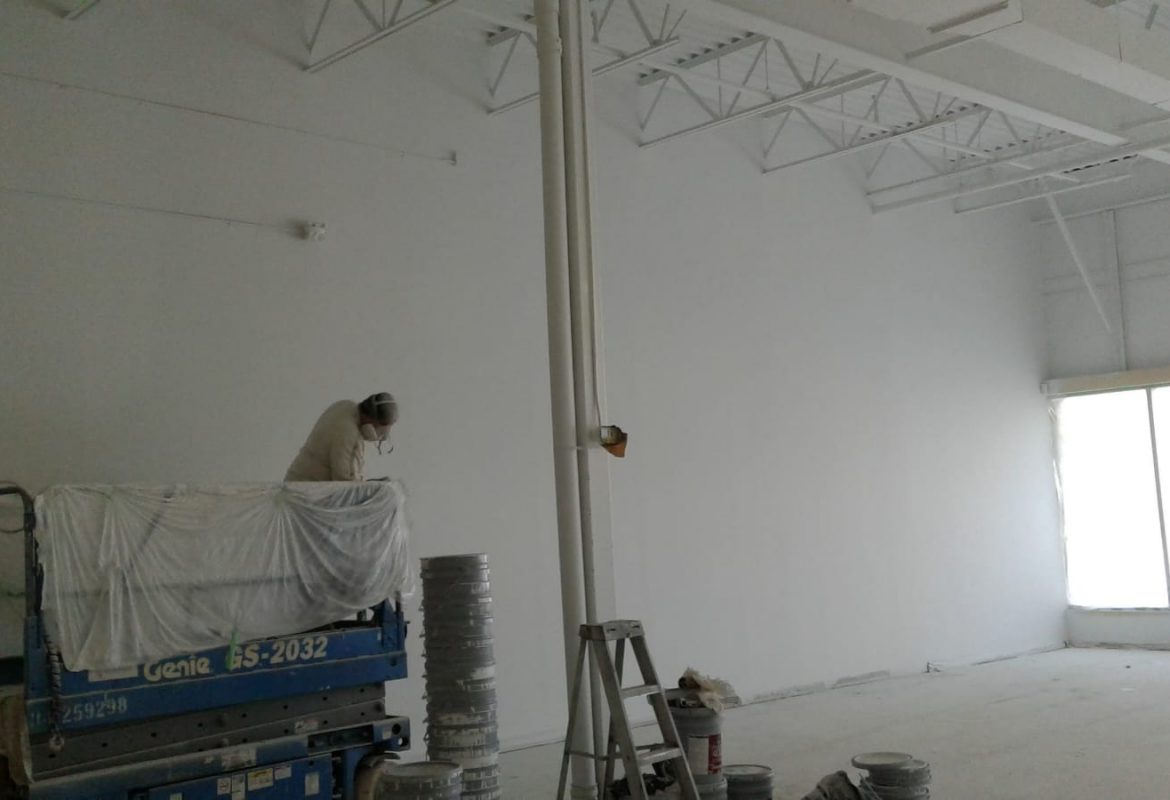Do you wish to have a plain wall for your home which lacks the vibrancy, character, and personality? But imagine the same wall with a fresh coat of paint! It gives a new life to your space by adding style, depth, and warmth. Painting has become a crucial part to rejuvenate your living space and elevate the environment to the next level. Also, the wall paints transform the focal points of the residence more expressively and beautifully.
However, for such stunning wall painting you need to get it right from the basics by preparing the wall surface. This process is however overlooked in many residential projects but holds a great significance for paints durability and appealing look. We have the best painters who ensure that your wall surface has a smooth and sleek finish before applying the wall paint for an appealing look and enhanced durability. Therefore, read the blog further to understand why surface preparation is essential in painting projects.
Importance Of Surface Preparation:
Surface Durability:
One of the foremost reasons why surface preparation is essential for wall painting is the increased durability. The surface preparation ensures that your new paint blends well to the wall surface ensuring a more durable and long-lasting finish. Also, it also ensures that your wall painting does not peel, or crack overtime as our painters in Toronto ensure to properly clean, repair, and primer using all the essential tools and machines.
Improved Aesthetics:
Adequately prepared surfaces provide a smooth and uniform canvas for paint application. By addressing imperfections such as cracks, dents, or uneven textures beforehand, the final result is visually appealing, enhancing the overall aesthetics of the residential space.
Long-Term Cost Savings:
Investing time and effort in painting preparation can lead to significant cost savings in the long run. A well-prepared surface reduces the likelihood of premature paint failure, which means fewer repaints and maintenance expenses over time.
Enhanced Paint Performance:
Surface preparation sets the stage for optimal paint performance. By removing contaminants, priming porous surfaces, and ensuring proper adhesion, the paint adheres better and provides superior coverage, color retention, and resistance to weathering and fading.
Health & Safety:
Painting preparation involves addressing potential health and safety hazards such as mold, mildew, lead-based paint, and volatile organic compounds (VOCs). Proper surface cleaning, ventilation, and use of appropriate protective gear help create a safer environment for occupants and painters.
Critical Steps In Surface Preparation:
Surface Inspection:
The foremost step in the surface preparation of the wall painting is to analyze and identify the cracks, holes, or moisture tissues. It is because these deformations can reduce the integrity of the new paint, leading to premature cracks and costly repairs.
Cleaning & Degreasing:
The second crucial step in the surface preparation of the wall painting is to take off the grease, dirt, dust, and various other contaminants to ensure that new paint blends with the wall perfectly. Also, for this process our painters in Toronto use mild detergent solutions, pressure washing, or appropriate cleaning agents for effective cleaning.
Repair & Patching:
The third step in this process is to repair the damaged area on the surface such as holes, cracks, or moisture tissue. It should also be noted that these damaged areas need to be filled with necessary filling agents and fillers such as for the smooth application of the new paint.
Sanding & Smoothing:
This is the fourth step of the wall painting where the wall surface is rubbed with sandpaper for smooth, sleek, and uniformed texture. The sandpaper ensures to remove the dirt spots, old paints, and various irregularities to ensure that the wall has a uniform texture so that paint blends with the wall perfectly giving a professional finish.
Priming:
Apply a suitable primer to prepare the surface for paint. Primers help seal the surface, improve adhesion, promote uniformity of the topcoat, and enhance paint durability and coverage.
Masking & Protection:
Use painter’s tape, drop cloths, and protective coverings to protect adjacent surfaces, fixtures, and areas not intended for painting. It helps prevent accidental paint splatters and ensures clean, crisp lines.
Environmental Considerations:
Consider environmental factors such as temperature, humidity, and weather conditions, which can affect paint application and drying times. Choose appropriate paints and techniques accordingly.
Quality Materials & Tools:
Use high-quality paints, primers, brushes, rollers, and other tools and equipment. Investing in premium materials ensures better results and longer-lasting paint finishes.
Surface preparation is a critical aspect for wall painting which should not be overlooked. By investing time and effort in surface preparation, homeowners and painters can achieve superior paint results that are visually appealing but also durable, long-lasting, and cost-effective. From surface inspection to proper priming and environmental considerations, contact us for the best residential and commercial painting contractors as each step is an indispensable part of any painting project.
